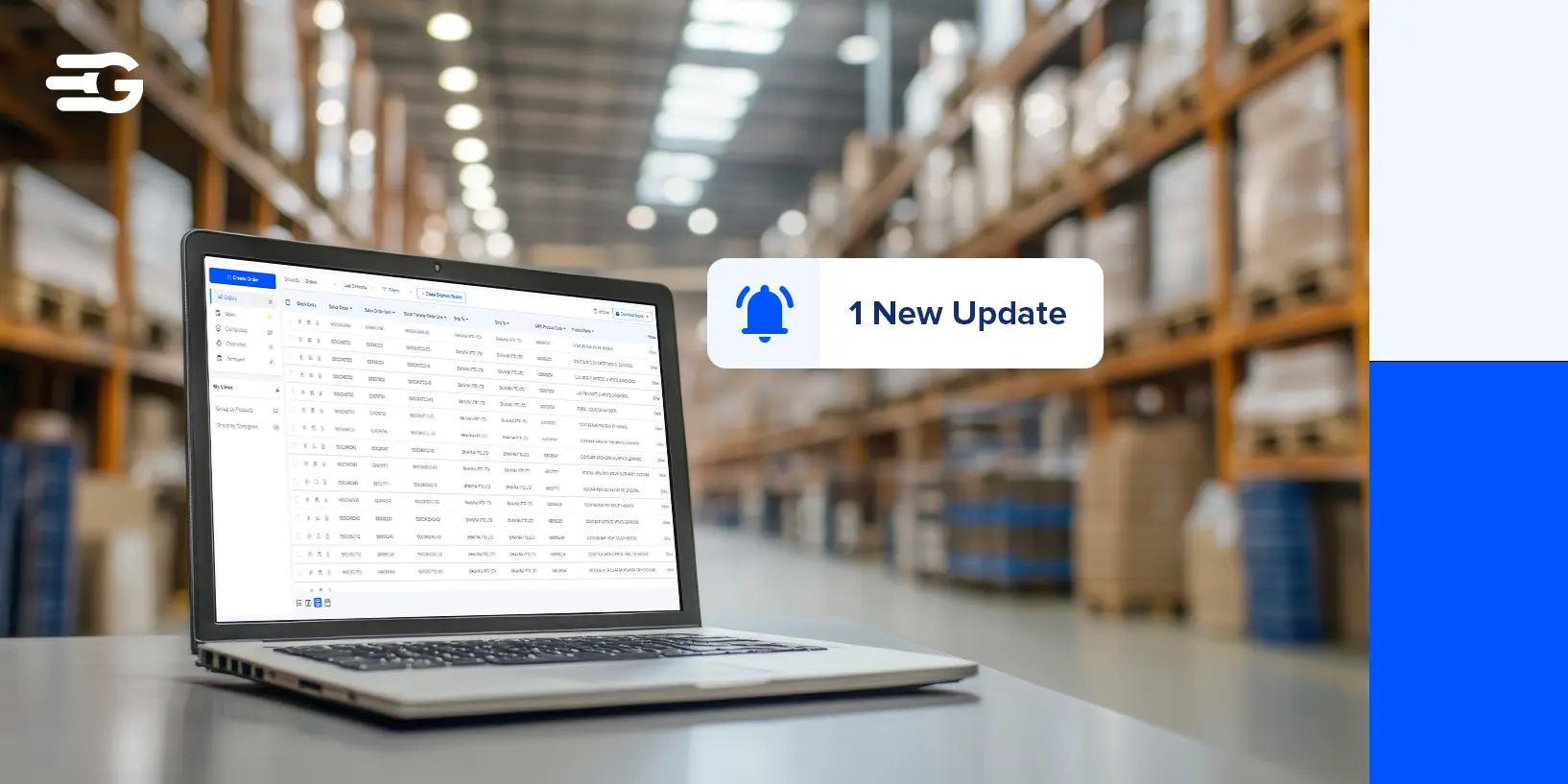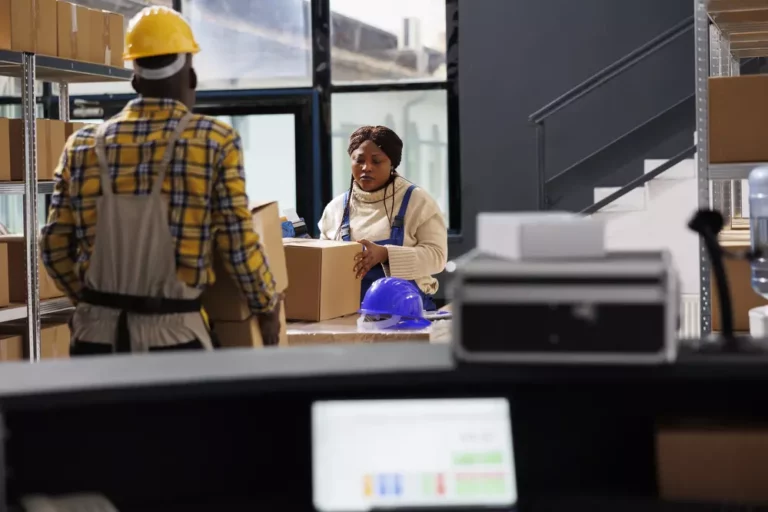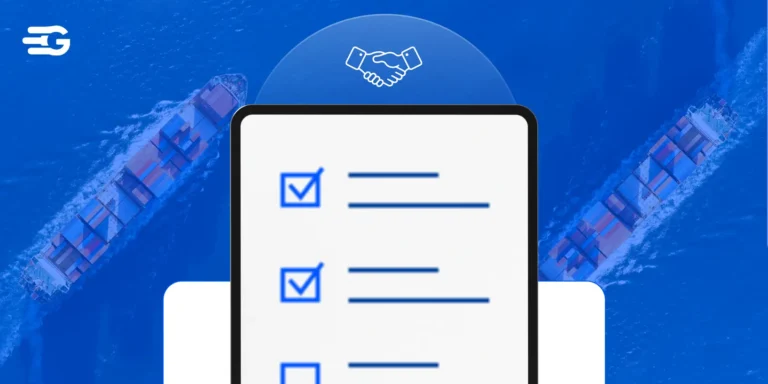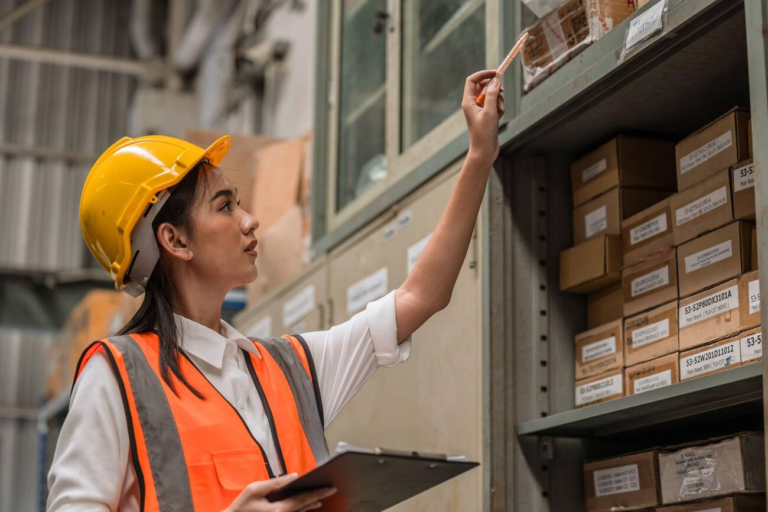How Automatic Notifications Work in Logistics
Supply chains run on movement, but what really keeps them in sync is information. When shipments are delayed, rerouted, or cleared through customs, everyone from operations to customers needs to know fast. That’s where most of the friction happens. Not in the transport but in the updates.
Automatic notifications fix that gap. They push real-time alerts the moment something changes, so teams don’t have to chase updates or guess what’s going on. In a space where timing is everything, these alerts are essential.
What Are Automatic Notifications in Logistics?
So here’s the thing. In logistics, a lot can go wrong just because people don’t know what’s happening when it’s happening. That’s where automatic notifications in logistics come in.
These are real-time updates sent out the moment something important shifts in the system. It could be your container just left the port. Or it hit a customs checkpoint. Maybe there’s a delay on the route.
The second that event is detected, the system shoots a notification. No one needs to ask, no one needs to check. It just lands in your inbox, app, or even as a text.
The cool part is how it’s all trigger-based. There’s a logic behind every automatic notification. Something happens, and boom, the alert goes out. It’s not random. And you can tweak these based on the kind of shipment, the urgency, or who needs to know.
So now, instead of chasing updates or refreshing dashboards, automatic notifications in logistics just tell you, straight up, what’s going on.
That’s the difference between reacting late and acting on time.
Benefits of Automatic Notifications
In logistics, timing decides everything. And the real mess starts when people are left guessing. That’s where automatic notifications in logistics flip the entire flow.
They shift how decisions are made. You’re not reacting to problems after they happen. You’re acting while they unfold.
It’s the difference between being stuck in damage control and staying ahead of the curve. Automatic notifications in logistics make that shift possible by enabling instant action the moment disruptions occur.
Some benefits are as follows:
- Real-time visibility into critical movements
Automatic notifications in logistics ensure these updates flow without friction or lag. No manual status checks. No waiting on someone to call or email. The system pushes the information to you without being asked. That keeps operations tight and eliminates blind spots.
One of GoComet’s clients, a tyre manufacturing company operating across India, the US, Croatia, and Brazil, used real-time alerts to stay ahead of the Suez Canal blockade crisis. This is a textbook example of how automatic notifications in logistics enable proactive rerouting before small delays snowball.
- Fewer manual errors and no dependency on follow-ups
Most delays in logistics are made worse by human lag. A truck departs and no one updates the sheet. Or someone forgets to email the customer. Automatic notifications cut that out. They trigger based on live data, reducing the chance of missed updates or wrong inputs. That’s exactly why companies are increasingly standardizing automatic notifications in logistics as part of their daily operations.
- Faster response when something breaks the flow
If a shipment’s stuck, you know right away. That early warning gives you space to reassign routes, inform partners, or activate backups. The faster you react, the less the downstream damage.
- Smoother customer experience with zero manual load
Customers don’t need to ask where their stuff is. Automatic notifications in logistics handle it before the question comes up. That builds confidence and drops the number of “any update?” queries your team has to deal with. Service goes up without increasing the effort.
The value stacks up because everything flows faster and cleaner. But this isn’t just some tech magic. There’s a system behind it that makes these notifications land right when they should.
Let’s now walk through how that actually works.
How Automatic Notifications Work: A Simple Breakdown
If you want automatic notifications to actually work, not just exist, there’s a clear setup that needs to happen. It’s not just about turning on alerts.
Each layer depends on the one before it. When they all lock in, the supply chain starts moving with near-zero friction. Here’s how automatic notifications in logistics are actually set up from start to finish.
Step 1: Connect Tracking Sources to Your System
First, you plug into the data. That means integrating your logistics stack with live tracking sources: GPS on vehicles, IoT sensors inside containers, EDI/API feeds from carriers, or your TMS if you’re running one.
According to McKinsey report, a majority of logistics providers now use up to 8 or 9 different technologies in their transport stacks. That’s why syncing tracking data into one streamlined alert system is a necessity.
This is the raw feed.
If you’re not tracking movement, you can’t notify anyone. Step one is about making sure your system is listening in real time.
Step 2: Define the Trigger Events
Now, decide what should trigger a notification. For example:
- Shipment departure from warehouse
- Container stuck at port for more than X hours
- ETA pushed back by over 1 hour
- Customs clearance completed
These are the “if-this-happens” rules. You define them in the system. The logic should match what actually matters to your team or your clients.
Step 3: Set Who Should Get Notified
For every trigger, decide who should be alerted. Could be internal ops teams, warehouse supervisors, customers, third-party vendors, or even upstream suppliers. Break it down by role or by shipment type. No use blasting alerts to everyone. Smart routing makes automatic notifications in logistics more targeted and less noisy.
Step 4: Choose the Notification Channels
Pick how the updates should go out.
- Email for formal records
- SMS for urgent disruptions
- In-app push for teams using logistics software
- API/webhook if you’re integrating into another dashboard
Make it match the urgency and use case. Customs cleared? Email. Truck broke down? Text your ops lead instantly.
Step 5: Customize Based on Priority or Shipment Type
Now fine-tune. Set rules that adapt based on cargo sensitivity, client tier, location, or SLA terms. For example, high-value shipments might need more frequent alerts. Or certain clients might want only exceptions, not every move.
This is where notifications stop being noise and start being strategic.
Step 6: Monitor Responses and Fine-Tune Over Time
Once your setup is live, watch how people react. Are alerts being opened? Are they acting on them? Are some alerts always ignored?
Use that feedback to cut what’s not working and double down on what is.
It’s also how automatic notifications in logistics evolve from basic alerts to decision-enabling infrastructure.
GoComet’s Automated Notification System
GoComet is one of the few platforms designed specifically to deliver automatic notifications in logistics at an enterprise scale.
So the information you’re receiving isn’t delayed, it’s coming straight from the ground.
The goal isn’t to tell you what happened after the fact. It’s to let you know what’s unfolding right now, and in some cases, what might go wrong next.
GoComet’s notification system helps in numerous ways:
- Real-time data from integrated sources like shipping lines, port terminals, and customs platforms powers the alerts
- Trigger-based system sends updates on events like ETD, ETA changes, customs holds, delays, and transshipment issues
- Notifications are fully customizable based on shipment type, client importance, internal roles, or urgency level
- The alert system is part of a larger visibility suite, so you can respond directly (reroute, escalate, update stakeholders) without jumping across tools
What GoComet has built is about staying ready.
For example, Mission Pharma, a global pharmaceutical company improved internal efficiency by 20–30% using GoComet’s visibility and notification system. Their team could predict when shipments would reach the harbor and proactively notify customers, improving trust and cutting inbound queries
The system removes silence, reduces scramble, and turns every alert into a clear next step.
Closing Thoughts
Automatic notifications in logistics have quietly become one of the most valuable tools for modern supply chains. From reducing manual errors to speeding up decisions during disruptions, they make supply chains tighter, faster, and more transparent.
GoComet’s system is built to deliver this kind of speed and clarity without adding extra work. With automatic notifications in logistics built into the core, it helps teams act fast. If you’re still relying on slow or manual communication, now’s the time to upgrade. Book a demo to explore GoComet’s smart logistics solutions for end-to-end visibility.





